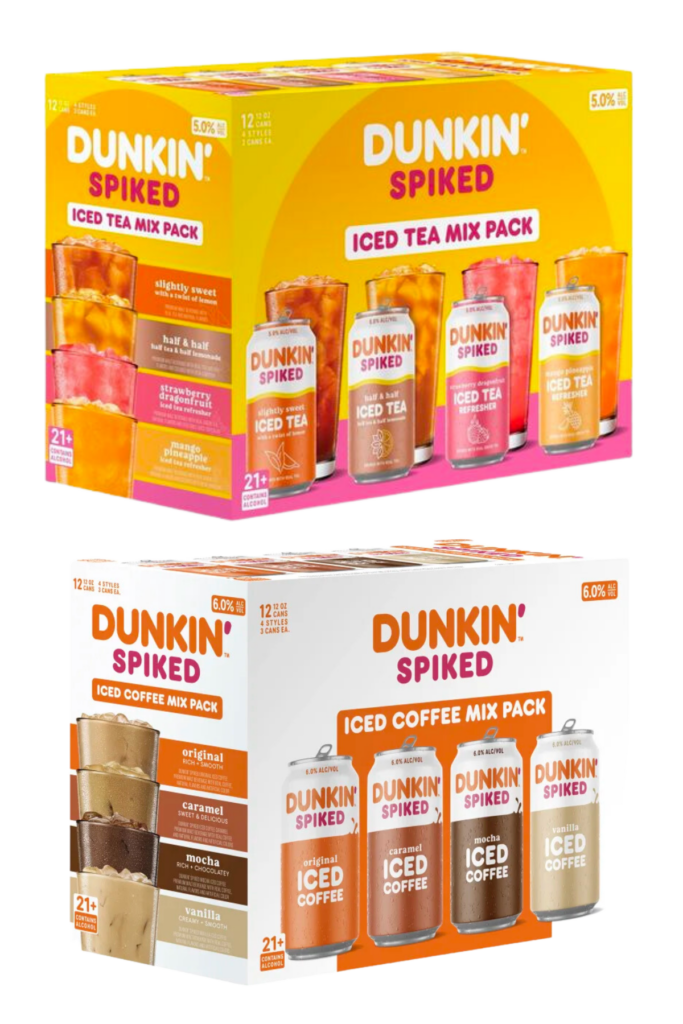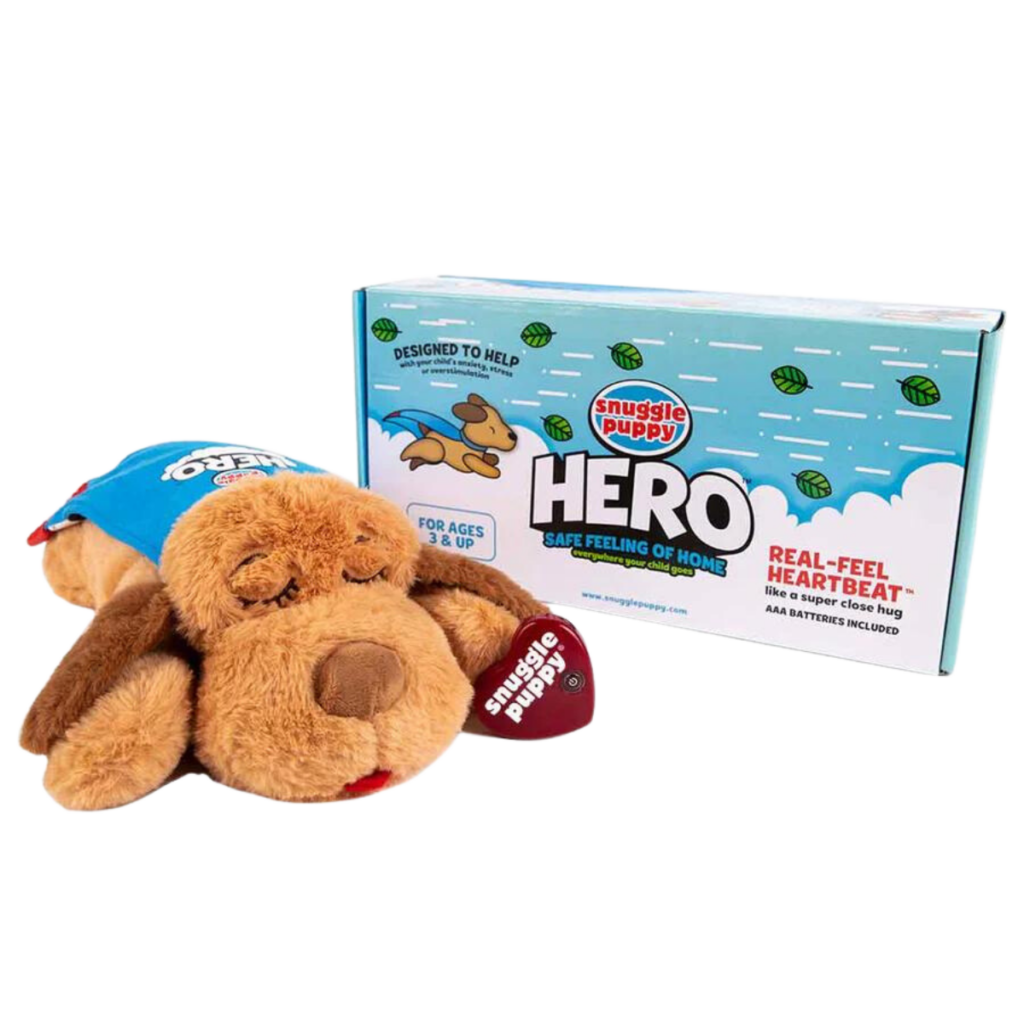When crafting our brand strategy, line extensions are the logical next step up to the point of brand dilution. At that juncture, a company must consider venturing into brand stretching, harnessing our established reputation for new categories. This guide will teach you when and how to stretch a brand to new categories.
What is Brand Stretching?
Brand stretching refers to leveraging the existing equity of the parent brand, creating a new product for an unrelated product category. It’s an attempt to capitalize on an existing brand’s established reputation and trust, introducing it to new customers while expanding its market reach. Done right, it can open vast opportunities; when done poorly, it can negatively impact the brand’s essence.
Brand Extension vs. Brand Stretching
A brand extension strategy aims to expand a brand within its current or related categories, while brand stretching takes a bolder leap. Although both involve extending the brand, stretching is seen as a riskier extension into unrelated categories anchored by the brand’s reputation and strengths.
Why Companies Stretch Their Brand
There are many reasons a brand might look to stretch into other categories, but the main ones are capturing greater market share, adding value or enhancing branding to the original product, and increasing company revenues. Here are additional reasons a brand may stretch into new categories or industries.
- Greater brand visibility: Increasing awareness among diverse consumers.
- Risk mitigation: Spreading business risks across categories.
- Create marketing efficiency: Maximizing existing brand equity in advertising.
- Further the competitive advantage: Standing out more distinctly in the market.
- Utilizing excess capacity: Making the most of unused resources.
- Strengthening brand loyalty: Encouraging repeated interactions with the brand.
- SKU diversification: Offering a wider variety of products.
- Innovation initiatives: Driving new ideas and market adaptations.
Regardless of the motivation behind brand stretching, brands must prioritize their existing customers. A brand strategy that overlooks its customer base is destined for failure.
The Benefits of Brand Stretching
A successful brand stretch can boost profits for the core brand and broaden its reach to a wider audience. However, before diving into the outcomes, it’s essential to understand the step-by-step benefits.
Enhanced Branding
One of the primary reasons for moving past a line and traditional brand extension is that the company has reached a point where more effort leads to a diminishing return. While it’s unlikely the case for anyone other than products with massive brand awareness, there is a benefit to stretching outside of the expected category to attract more customers. Stretching to further the brand image can create a reciprocal effort where branding serves existing and new products.
A brand stretch within the same store can also increase shelf space utilization as shoppers may visit both locations, encouraging greater brand recall as consumers repeat the shopping experience.
Marketing Efficiency
In this data-driven world, the marketing strategy is developed through significant market research and existing data points. Through this research, brands may identify product categories where, if they stretch, their brand equity will help them reach a new customer base. These types of marketing strategies work best for the established brand name.
Category Expansion
Some select companies can seemingly jump from category to category, taking customers who trust the brand name for product quality. One example is Dyson, which can leverage its brand name over any household consumer durable goods product. Unless you are in the innovation business, this strategy is challenging for a new brand.
Cross-Selling Opportunities
Just because you create a product for what seems to be an unrelated category doesn’t mean there isn’t a crossover between the two. For example, the ability to produce merch through on-demand printing has created an opportunity for CPG companies to further their brand identity and build consumer trust by producing t-shirts, hoodies, and hats.
When you create a cult-like following, your customers will support you in unlikely ways. Just look at how the knife brand Swiss Army was able to crossover into the fragrance category. While it’s unlikely they will find a home in Ulta, they will likely sell this product consistently to its target audience through the DTC channel.
Brand Portfolio Diversification
Big CPG brands must satisfy the group of stakeholders (whether public or private) in two ways: by continuously increasing revenues and showcasing a diversified product portfolio. Strategic diversification is thought to increase resilience to market changes. However, many would disagree that brand positioning reduces the likelihood that when the market dips, so will the brand. If this aligns with the brand strategy, it could benefit the brand.
The Dangers of Brand Stretching
Extending a brand inherently carries risks, but these risks are magnified significantly when stretching the brand due to the increased demands on capital and attention. Before signing off on a brand stretch, review, and asses each of these downsides for how much of a negative impact they will have on your brand.
Brand Dilution
Having a growth mindset for a brand is a good thing, but sometimes, it blinds us from understanding the net negative effect we experience when forcing a brand to stretch. When you dilute a brand, you weaken the consumer’s perception and reduce total equity in the market. This can be experienced through product confusion, a less-than-expected experience, or poor execution.
Over Extension
Brands should avoid entering categories or markets lacking expertise just for expansion’s sake. Consumers may opt for more trustworthy or effective alternatives without a clear and unique positioning for the new product. We commonly see this outcome when brands do not commit enough resources to the initiative.
Brand Confusion
We’ve all experienced a time when a familiar brand creates a product far different from our typical purchase, and when we see it think “Hey, I want to try that.” Conversely, we’ve also experienced a time when this situation occurs, but instead, we say, “Wow, that’s weird.” Stretching a brand has the potential to create confusion and uncertainty with existing customers, which is bad news for your company’s overall brand perception.
Retailer Resistance
Every brand extension concept should consider its retail partners before deciding if it’s right. Here are a few things to remember when you stretch a brand within the same retail channel.
- Category buyers differ, and you must sell someone you do not yet have a relationship with.
- Brand confusion also exists with wholesale purchases, and buyers may lack confidence in this new product.
- Retailers often bring in a product line because it helps fill out a category. They may not want to purchase a protein company’s shaker cup innovation.
For these reasons, many brands choose to include their buyer in the development process.
Ineffective Marketing
Streamlined marketing efforts have a compounding effect that provides continuous opportunities for optimization along with insights that help further the brand. In many cases, brand stretching requires a new marketing campaign that, apart from your current brand equity, requires you to start from scratch. There is no guarantee that this new marketing plan will be effective, which will zap valuable capital that could be allocated to the existing product.
Diverting Focus
Few companies can emulate success in entering diverse industries like the Virgin brand. The primary challenge is losing focus, which tangibly and holistically affects the company. This divided attention, evident in everything from casual chats to quarterly reviews, detracts from the core brand and its extension efforts.
How To Stretch A Brand
Assuming we’ve weighed the pros and cons and decided it’s the right move, it’s time to push forward with our brand stretch, but we need to follow a process that ensures our investment is worth making. Successful brand stretching requires the team to follow a process that analyzes opportunities, strategies, and possibilities and verifies an expected outcome. Here’s a look at the process experienced brand managers and brand development agencies follow when stretching a brand.
Research Your Target Audiences
When stretching a brand, consumer research requires you to look at your existing audience, where you determine the role brand loyalty will play in this brand expansion. You will also need to perform additional research for the target audience your distinct positioning will serve in this new unrelated category.
Understand Your Brand Assets
Through consumer research, you will want to analyze what existing customers have a strong brand association for. Through this assessment, you will understand what branding elements you should retain and what do not need to be carried over. This way, you leverage your brand equity where it counts, permitting room for customizing the look for this new category or industry.
Perform Consumer Testing
Brand stretching is a risk that we can mitigate through consumer testing. Through brand testing, you can determine the approach, messaging, and visual elements that stimulate purchase intent among consumers familiar and unfamiliar with your brand.
Brand Stretching Examples
Let’s look at several brands that have stretched to new categories.
Dunkin’ Donuts Spiked Drinks
After 70 years of business, most legacy branding will naturally fade. But that’s not the case with Dunkin’. While the in-store bakery experience tends to be inconsistent in product quality and customer service, as a CPG brand, it continues to grow its brand image, taking chances along the way.
Their spiked drinks are one of the brand extension examples where it could go either way. Time will tell if this will be a successful or failed brand extension.

Snuggle Puppy Hero
Sometimes, the answer to a successful brand extension is right before your eyes, but even with an audience ready to purchase your new product; it still demands a stretch to gain enough traction that a new audience embraces this novel product. That was the case for Snuggle Puppy, created for pets but embraced by humans struggling with similar issues.
By following each step of the brand stretching process, Snuggle Puppy Hero found a home in the hearts of new customers.

Brand Stretching Strategies
Before we let you go, we have a few brand stretching tips you can test and assess to determine your brand’s ability to employ this strategy.
Leverage Influencers For Brand Affirmation
Including social media influencers in a stretch is a fast way to garner enough interest where you can test a brand stretch. Collaborating with relevant influencers in your new category helps transition your brand’s equity into unfamiliar terrain, enhancing credibility.
Engage in Co-Branding
Co-branding offers a prudent approach to testing brand stretching. Distributing the risk eases the pressure on your brand’s existing recognition, aligning seamlessly with another reputable brand that already commands a loyal following.
Invest in Social Listening
Customers are not always as outspoken as they were for the Snuggle Puppy example; for a small price, you can have real-time feedback about your existing products consolidated into a single location where you can uncover unexpected use cases and ideas for stretching your brand. Also, social listening will help you keep tabs on your attempt at stretching, where you can see how people feel about this product launch in real-time.
Data-Driven Brand Development For CPG Brands
Want to stretch your brand successfully? SmashBrand helps navigate this critical step for CPG brands. Our Path To Performance™ ensures that your new product will have the best possible presentation to increase purchase intent with new customers. Book a time to discuss your project with our team.
Subscribe to
Nice Package.
A monthly newsletter that unpacks a critical topic in the FMCG & CPG industry.
Free Resource.

CPG product repositioning guide.
Explore the five undeniable signs your CPG product needs repositioning along with strategies for leveraging consumer insights for a guaranteed market lift.
Learn More About CPG product repositioning guide.